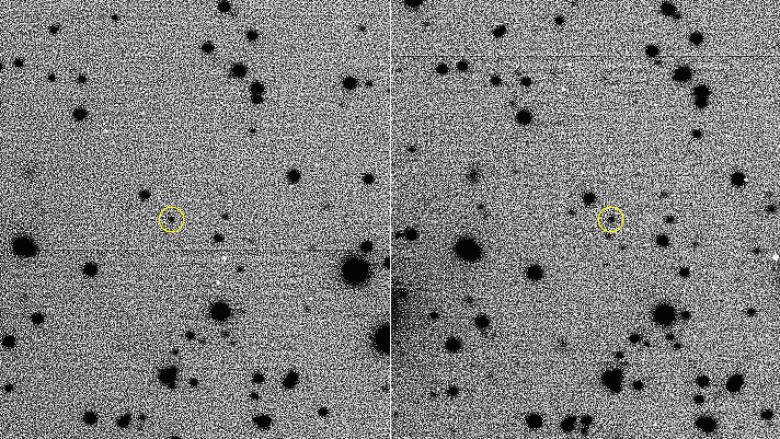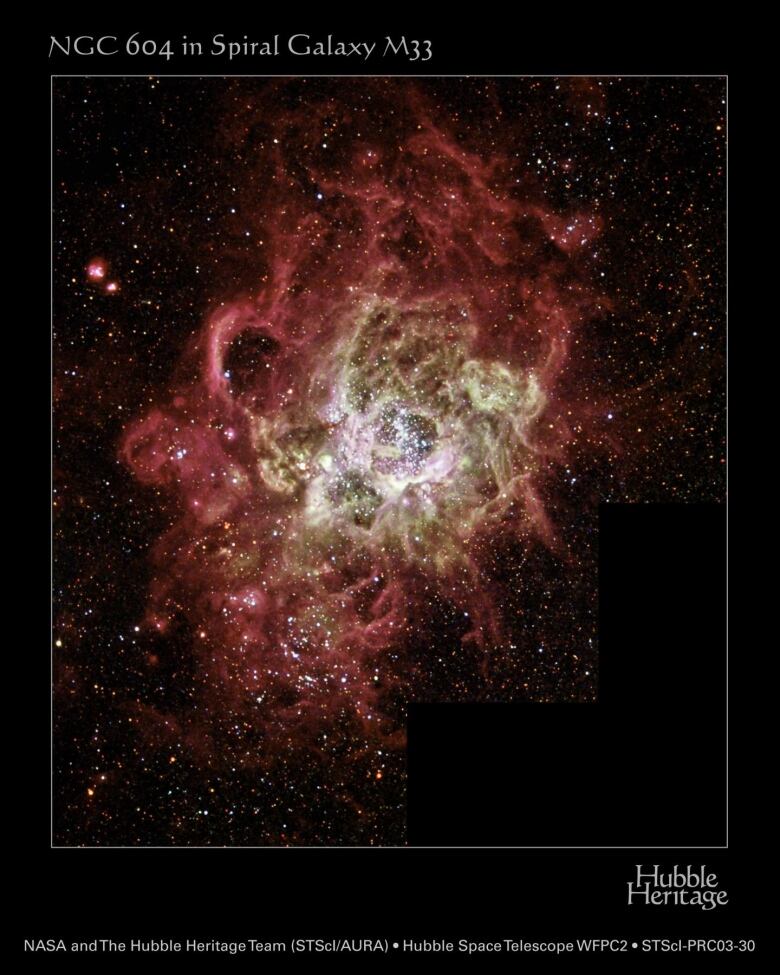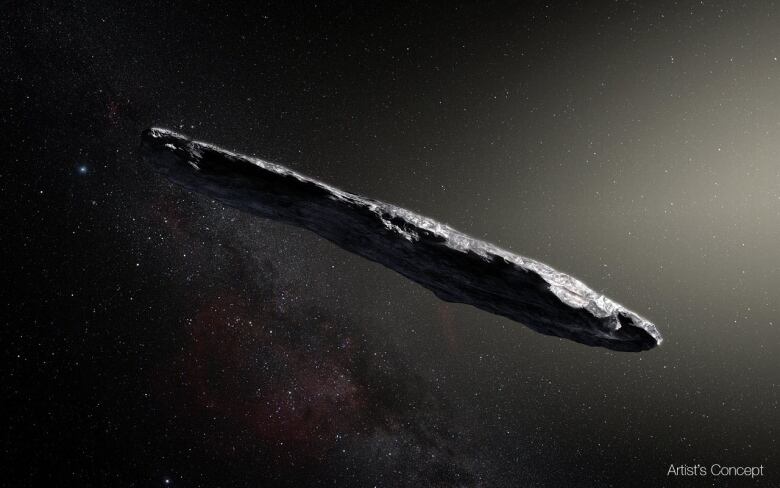Scientists say they've found an alien asteroid near Jupiter
2015 BZ509 has been on an unusual, wrong-way orbit since the solar system formed, researchers say

When an asteroid from outside our solar system was observedzippingthrough for the first time last year, it caused a lot of excitement. Now, a new study suggests another interstellar asteroid has actually been hiding here all this time.
Thisalien asteroidnamed 2015 BZ509formed inanother starsystem, but is now a permanent resident of our solar system, and it has been since our solar system's formation 4.5billion years ago, says the study published today in the Monthly Notices of the Royal Astronomical Society: Letters.
The unusual asteroidestimated to be about three kilometres in diameterwas actually discovered three years ago with thePanoramic Survey Telescope And Rapid Response System(Pan-STARRS)at the University of Hawaii. The telescope is specifically designed to hunt for asteroids, especially those that could pose a threat to Earth.
At the time, Canadian astronomer Paul Wiegert and his team observed two very strange things about the asteroid's behaviour:
- It drives the "wrong" way through our solar system:orbiting in the opposite direction compared to all the planets and 99.99 per cent of other asteroids in oursystem.
- It travels in Jupiter's orbit at the same speed as Jupiter. Because it's doingthat while travelling in the opposite direction to Jupiter, you might think it risks smashing into Jupiter twice, on each loop it makes around the sun. Butit in fact weaves in and out of Jupiter's path, so that never happens.
Wiegert, an astronomer at Western University in London, Ont., and his teamcalculated that the asteroid will continue to safely meet and miss Jupiter repeatedly for at least the next one million years.
But they didn't then know how the asteroid ended up in that weird orbit.

In this new study, Fathi Namouni, of l'Observatoire de la Cte d'Azurin France, and Helena Morais, at the Universidade Estadual Paulista in Brazil, offer an explanation for the asteroid's oddbehaviour:It's not from around here.
To determine what might have put the asteroid into its current orbit, Namouni and Morais simulated and extrapolated the asteroid's path back to the beginning of the solar system.
They looked at a million possibilities to account for the factthe asteroid'scurrent orbit isn't known with exact precision, knowing only some of thosepossibilities would reflect the object's true orbitand therefore providea real, observable path.
The results that could be traced the furthestbackshowed the asteroid's orbit hasn't changed in all those 4.5 billion years.
"This was actually a big surprise," Morais told CBC News.
That's because it's thought everything was moving in the same direction or opposite to the direction the asteroid is travelling when our solar system formed.
At that time, planets and asteroids were coalescing from a rotating disk of gas and dust left over from the formation of the sun; they ended up orbiting in the same directionthe disk was rotating.
In other words, objects with wrong-way or "retrograde" orbits didn't exist in our solar system at that time, said Morais.
"So they have to come from the outside."
Trading rocks
'Oumuamua, the interstellar asteroid spotted passing through our solar system last year, was going too fast to be captured by the gravity of the planets.But an object with a slower velocity could still conceivably be pulled into the orbit of a giant planet like Jupiter when passing by.
And billions of years ago, the sun was part of a cluster of stars, Morais said.
"There were close-by starscloser than they are today," she said, making it easier for these starsto exchange objects.
Moraisthinks looking out for strange orbits may help scientists identify other alien asteroids hiding in our solar system."We believe others are there at the moment," she said."The question is to figure out which ones."

At the moment, scientists don't know what 2015 BZ509 is made of, Moraissaid. But if scientists are able to study the composition of other objects like it, they may be able to learn more about where those objects came from.
Martin Connors, a physicist at Athabasca University who originally worked with Wiegert to describe the asteroid's orbit, saidtheir team hadn't considered at the timethe possibilityit may be from another stellar system. Nor did they have the computing power to extrapolate so many possibilities for the object's path, going back 4.5 billion years.
"They did a massive study, that's for sure," he said.
But while Connors said hethinks themethodology was "great," he doesn't totally agree with theconclusion that the asteroid came from another stellar system,as only a few possible paths show the orbit being stablefrom the beginning of the solar system.
Still, the possibility of the asteroidcoming from another star is interesting, he said.
"I think the most important implication is this opens our eyes to a new thing to look at."












_(720p).jpg)


 OFFICIAL HD MUSIC VIDEO.jpg)
.jpg)



























































































